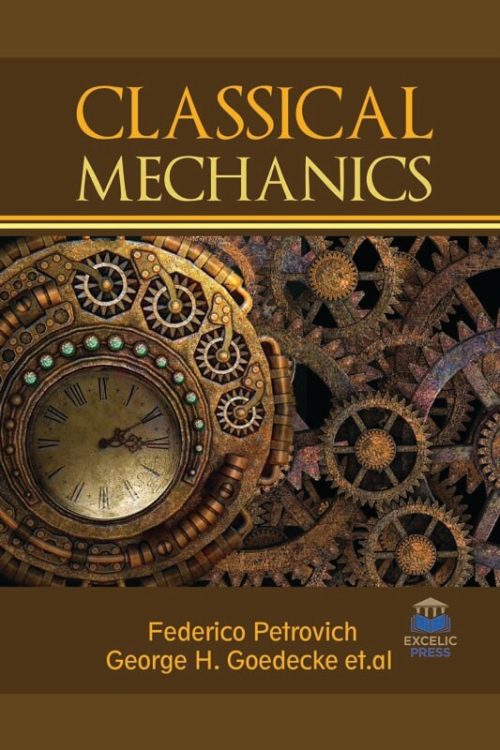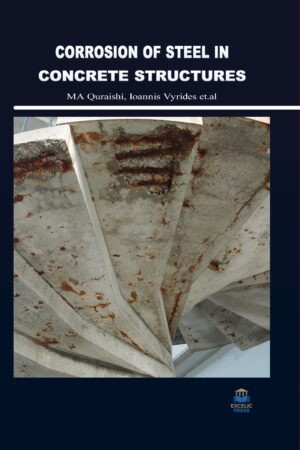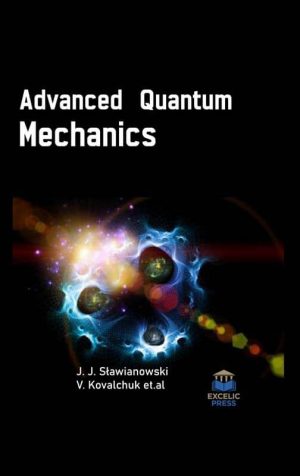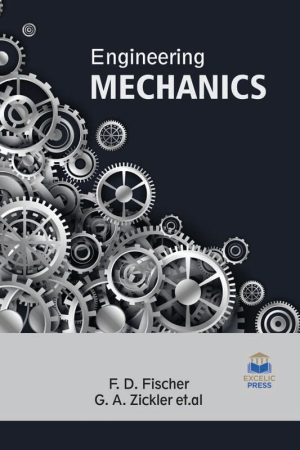Description
Classical mechanics refers to the mathematical science that deals with the study of the displacement of bodies under the action of forces. Until today, there are two formulations of classical mechanics. The first one is based on Newton’s laws and the second one is based on the principle of least action. In the first part, we found a more convenient algorithm for solving the equation of motion of a system of n bodies. This algorithm consists of solving first the trajectory equation and then the temporal equation. In the second part, it will introduce a new way to solve the temporal equation by curving the horizontal axis (the time axis). In this way, we will be able to see the period of some periodic systems as the length of a certain curve and this will allow us to approximate the period in a different way.
This book is therefore structured around the advances of the main ideas, obvious proofs, and plentiful clarifications, comments, and applications. From the start of only the limitation on the speed of light, the necessity of conservation, and the impossibility of infinity in material reality, the present book presents a comprehensive development of the mechanics, the operation of gravitation. The fundamental problem of statistical mechanics is obtaining an ensemble average of physical quantities that are described by phase functions (classical physics) or operators (quantum physics). The book further highlights the statistical mechanics that take into account angular momentum conservation law. Moreover, it introduces the Paraquantum equations and applications and the main interest of this book is to present some general arguments that support the statistical relevance of complementarity, which is illustrated in the case of classical statistical mechanics. In the closing section of this book, readers will gain the study of the problems of the mathematical description of physical processes in the open non-equilibrium atmosphere. It is proposed that the mathematical description should be based on the idea that the properties of an open system are determined by the properties of its elements and external constraints. It is also explained why atmosphere should be represented by an open non-equilibrium system of gas and radiation. The difference between physical processes in the above-mentioned system and equilibrium atmosphere is given. This book will appeal to students and practitioners working in the domain of physics and essential knowledge source for professionals dealing with physics research.





